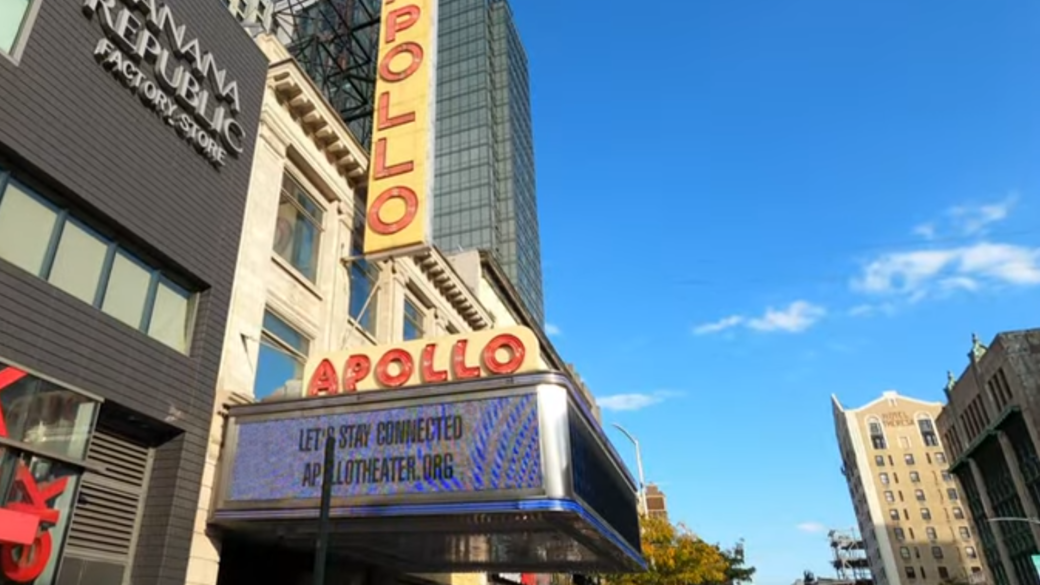Harlem, a culturally diverse and historically significant area in Manhattan, has witnessed major changes throughout time. Its reputation as a dangerous and criminally active area lasted for a while, but current development and gentrification have drastically altered this perception. But is Harlem safe?
This article will discuss Harlem’s safety, crime statistics, property crimes, safety advice, as well as both safe and unsafe areas. The advantages and disadvantages of residing in this New York City neighborhood will also be covered.
Want to know if the Bronx is safe too? Check out this article.
Is Harlem Safe?
The concern around whether Harlem is safe is a matter of perception. It has its share of crime, just as other neighborhoods and like any other metropolitan region, but over the past several decades, there have been significant changes. Crime rates have decreased as a consequence of significant improvements in enforcement, community efforts and gentrification.
Harlem is now regarded reasonably safe in comparison to its turbulent history. Like you would in any city, it is crucial to be cautious and aware of your surroundings.
Crime Rates in Harlem
Since the 1990s, the average crime rate in Harlem has considerably decreased, in line with the overall decline in New York City. Even while there is still crime in the area, it is far less common than it used to be.
Major crimes in Harlem, such as robbery, homicide, burglary, and drug related crimes, have declined, according to NYPD crime data, making the neighborhood safer than it once was. Nonetheless, crime still persists in metropolitan areas, and the level of safety may differ from block to block. If you’re looking for a safer neighborhood in New York, take a look at Bushwick.
Tips for Staying Safe Specifically in Harlem
Choose your subway stations wisely: Some subway stations, like the 125th Street station on the 2/3 line, might be busier and safer than others. Whenever feasible, choose stations with higher foot traffic and better lighting.
Participate in local community meetings: Participate in your community and keep up with local concerns and crime prevention programs.
Be careful around public housing complexes: Be careful of public housing areas: certain public housing communities in Harlem may have higher crime rates, and violent crimes, than different neighborhoods, despite the fact that most inhabitants are law-abiding residents. Be alert and avoid wandering around these areas, especially at night.
Use trustworthy car services or ride-sharing applications: Use reputable taxi firms or ride sharing apps such as Lyft and Uber instead of illegal street-hail taxis.
Introduce yourself with local businesses: Familiarize yourself with the area’s restaurant and store owners, as they can offer valuable tips about the region’s recent incidents, gun violence, and overall safety.
Avoid certain parks after dark: Even though parks such as Morningside Park and Marcus Garvey Park are often secure throughout the day, it’s advisable to stay away from them at night.
Harlem’s safe Neighborhoods
Central Harlem: Central Harlem has seen major gentrification, particularly along Frederick Douglass Boulevard, which has resulted in a wide range of new businesses and improved safety.
Hamilton Heights: The Hamilton Heights area is a neighborhood located in between 135th and 155th streets. This area has seen a revitalization as a result of the opening of new bars and restaurants as well as cultural centers that attract a wide variety of individuals.
Morningside Heights: This neighborhood, which is home to Columbia University, has a notable police presence and provides a range of housing alternatives for both professionals and students.
Harlem’s unsafe Neighborhoods – East Harlem, West Harlem, and Central Park
East Harlem: Often referred to as El Barrio or Spanish Harlem, this neighborhood has made progress over the past few years, but continues to suffer from high crime rates in comparison to other parts of Harlem. East Harlem is one of the most dangerous neighborhoods in Harlem due to the number of violent crimes.
Parts of West Harlem: Even though West Harlem has its secure spots, there are other blocks, especially between 125th and 145th streets, in which the crime rate is higher.
Central Park Avenue: As this is a popular tourist destination and an extremely busy area during the day, it can be considered safe. It’s difficult for criminals to commit violent crimes without lots of witnesses. However, just like any major place in New York City, you should avoid walking through this area at night.
5 Pros of Living in Harlem
1. Rich history and culture: Jazz music, African-American history, and cultural landmarks like the Studio Museum and the Apollo Theater are well known in Harlem.
2. Affordability: Harlem has more inexpensive housing and public transportation options than other areas of Manhattan.
3. Accessibility: With several subway lines and bus routes, Harlem is well-connected by public transit.
4. Diversity: Harlem is home to a thriving fusion of cultures and nationalities, which can be seen in the artwork, cuisine and activities.
5. Green spaces: Various parks, such as St. Nicholas Park, Morningside Park, and Marcus Garvey Park, are located in and offer residents opportunities for quality leisure time.
5 Cons of Living in Harlem
1. Gentrification: As this has led to increased development and safety in dangerous neighborhoods, it has also resulted in increased living costs and dislocation of long-time inhabitants.
2. Inconsistent safety: While many of Harlem’s neighborhoods are considered to be safe, some still experience violent crime, and safety levels can differ from block to block.
3. Noise and congestion: Harlem, like any other metropolitan area, may be busy and noisy, particularly during rush hour or major events.
4. Limited parking: It can be difficult to get parking in Harlem’s streets and parking garages can be pricey.
5. Uneven development: While certain areas of Harlem have experienced tremendous investment initiatives and redevelopment, others have been left behind, resulting in disparities in the residents’ life quality.
Is Central Harlem Safe?
As mentioned above, Central Harlem is one of the safest neighborhoods in Harlem, and is generally safe for tourists to visit. There’s plenty of amazing parks, bars, and restaurants to check out. However, if you ever feel unsafe, move out of the area or get in touch with the local authorities. Central Harlem isn’t typically one of the more dangerous areas of New York City.
Is Marcus Garvey Park Safe?
Marcus Garvey Park is considered a safe park and residential area to visit during the day. However you and your family should stay well clear of Marcus Garvey Park at night. There has recently been infrastructure changes which has arguably made the area more safe to visit.
So is Harlem Safe?
Harlem has made significant progress from its troubled past, and is now regarded as one of Manhattan’s relatively safe neighborhoods. So is Harlem safe?
Compared to what it was, definitely. Yet, it still experiences some crime, just like any other metropolitan area, and the degree of safety might vary from one region to another. If you’re looking to visit Harlem, make sure you stay away from the dangerous neighborhoods, such as East Harlem, for your own personal safety concerns.
Harlem is an attractive neighborhood for many individuals wishing to live in New York City because of its vibrant cultural scene, institutions, rich history and rising gentrification, Harlem is an attractive option for the many residents looking to live in New York City. Before making a final decision, it’s important to assess the advantages and disadvantages, including the effect of gentrification and inconsistent levels of.
People Also Read
Is Glendale CA Safe? – The Pros and Cons of Living in Glendale


